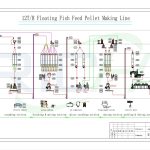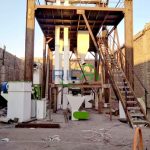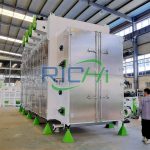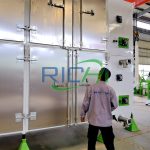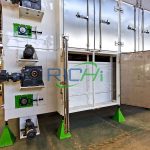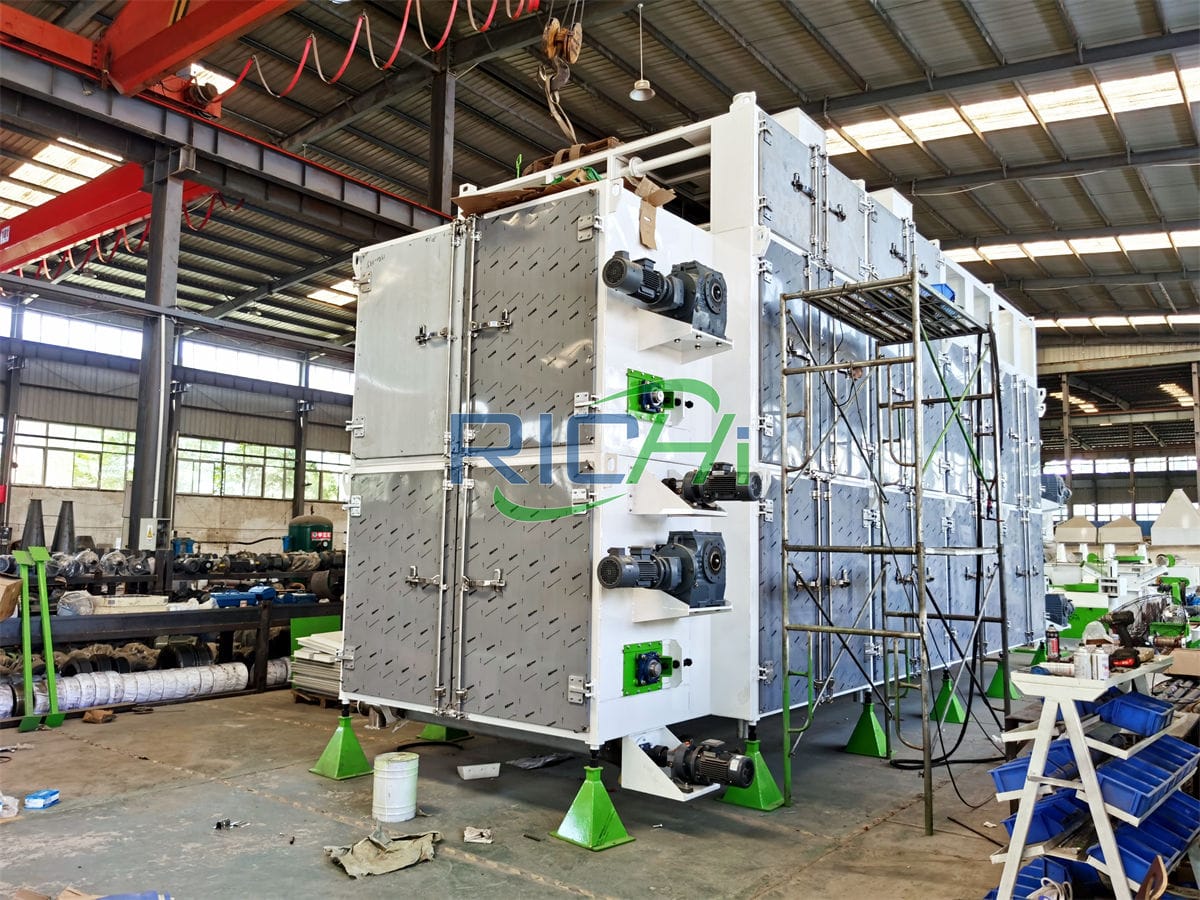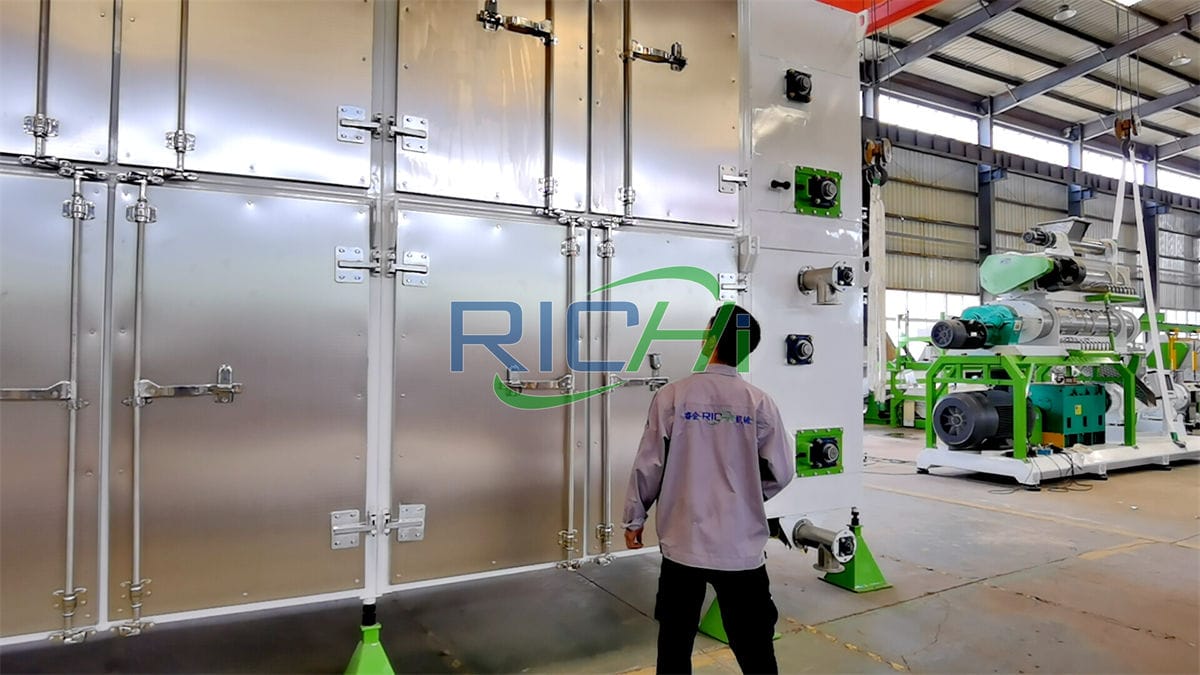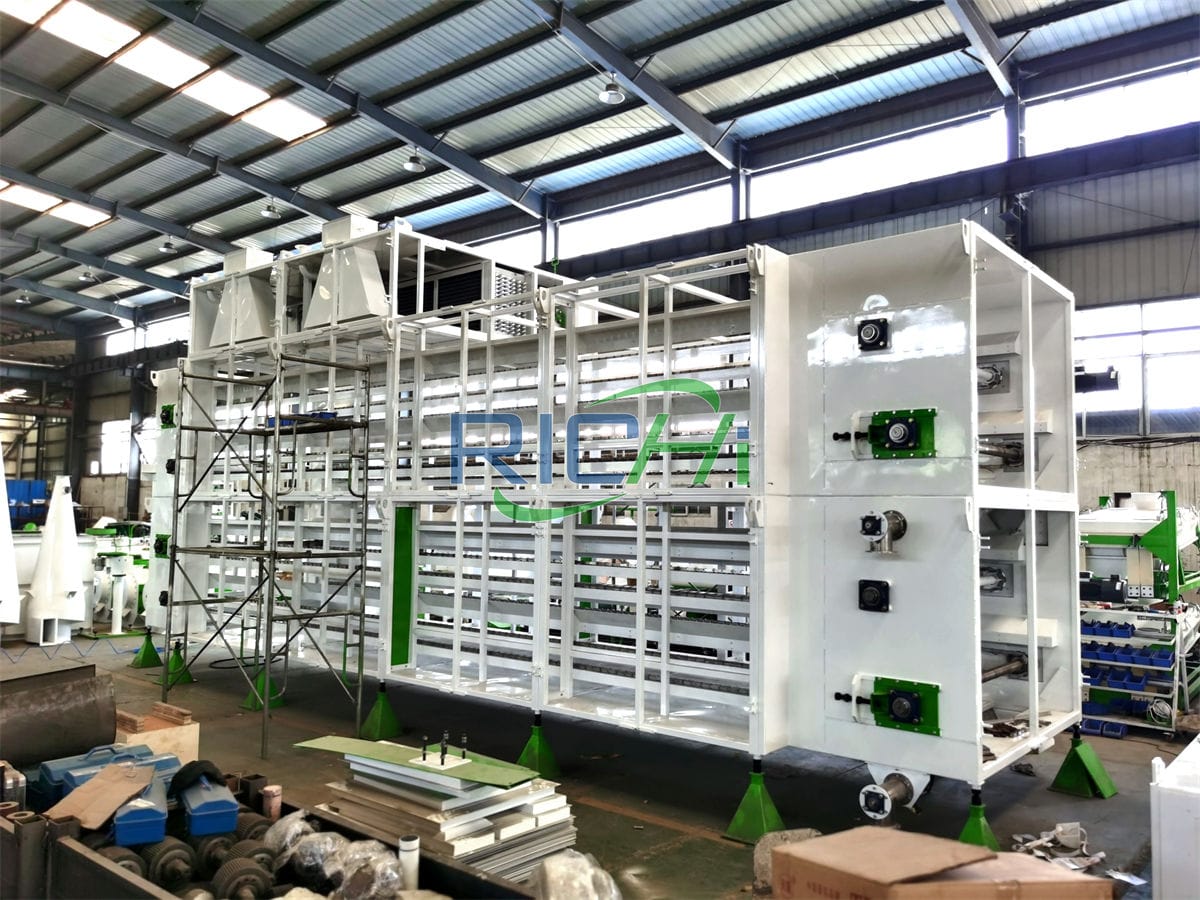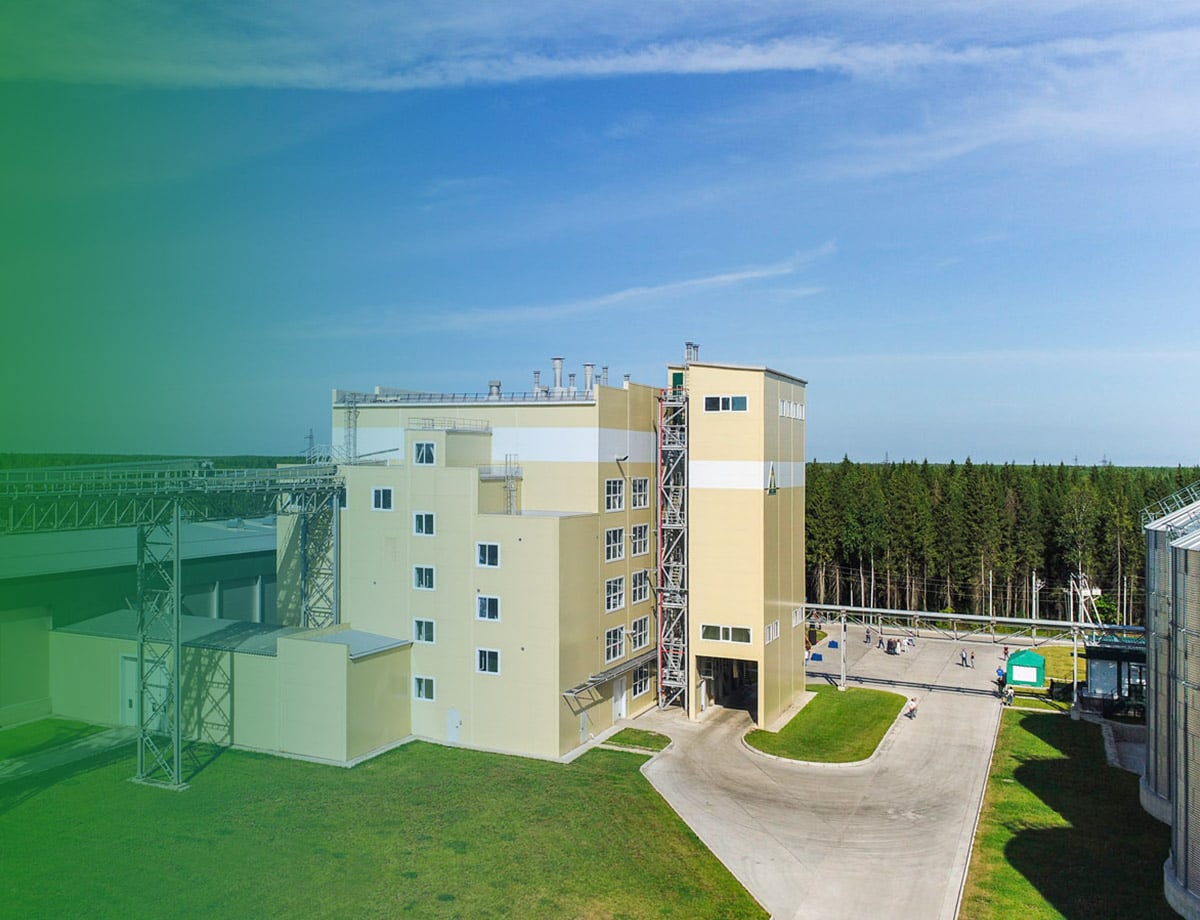Belt dryers are widely used in various industries for drying materials such as food, chemicals, and biomass. The vacuum system is a critical component of a belt dryer, as it creates the necessary low-pressure environment for efficient drying. Ensuring the proper functioning of the vacuum system is essential for maintaining optimal performance, product quality, and safety. This article outlines the key steps to effectively maintain and troubleshoot the vacuum system in a belt dryer.
1. Understanding the Vacuum System Components
The vacuum system of a belt dryer typically consists of several key components:
- Vacuum Pump: Generates the necessary vacuum pressure for the drying process.
- Vacuum Valves: Control the flow of air and maintain the desired vacuum level.
- Vacuum Gauges: Monitor the vacuum pressure within the drying chamber.
- Vacuum Seals: Prevent air leaks and maintain the integrity of the vacuum system.
- Vacuum Piping: Transports the vacuum from the pump to the drying chamber.
Understanding these components and their functions is crucial for effectively maintaining the vacuum system. (Related post: belt dryer in food industry)
2. Regular Maintenance and Inspections
Regular maintenance and inspections are essential for ensuring the proper functioning of the vacuum system:
- Vacuum Pump Maintenance: Follow the manufacturer’s recommendations for oil changes and filter replacements. Regularly clean the pump’s internal components to prevent buildup of contaminants.
- Vacuum Valve Inspection: Check the vacuum valves for proper operation and ensure that they are not stuck or leaking. Lubricate the valves as needed to maintain smooth operation.
- Vacuum Gauge Calibration: Regularly calibrate the vacuum gauges to ensure accurate readings. Compare the readings with a reference gauge to verify the accuracy of the system.
- Vacuum Seal Inspection: Inspect the vacuum seals for signs of wear or damage. Replace the seals if they show signs of cracking, hardening, or leakage.
- Vacuum Piping Inspection: Check the vacuum piping for any signs of damage, such as cracks, leaks, or blockages. Ensure that the piping is properly supported and insulated to prevent air leaks and heat loss.
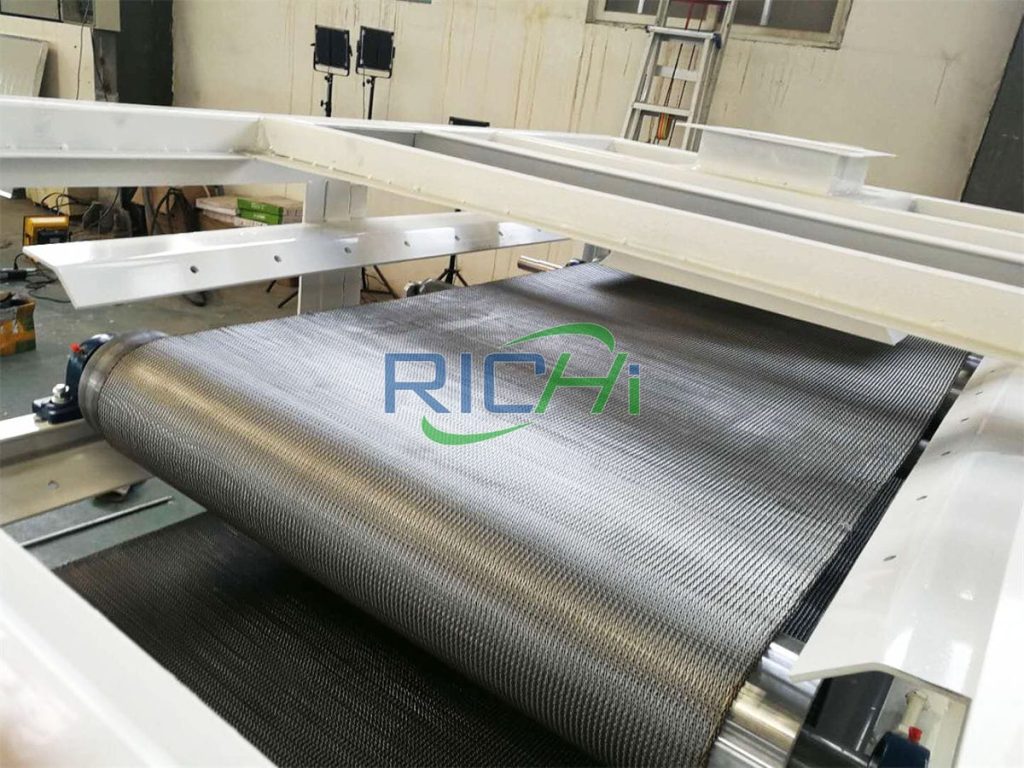
3. Vacuum System Troubleshooting
Despite regular maintenance, issues may arise with the vacuum system. Proper troubleshooting techniques can help identify and resolve problems quickly:
- Vacuum Pump Troubleshooting: If the vacuum pump is not generating the desired vacuum pressure, check for any obstructions in the inlet or outlet. Ensure that the pump is receiving the correct power supply and that the oil level is within the recommended range.
- Vacuum Valve Troubleshooting: If a vacuum valve is not functioning properly, check for any debris or buildup that may be preventing the valve from closing completely. Ensure that the valve is receiving the correct control signal and that the actuator is operating smoothly.
- Vacuum Gauge Troubleshooting: If a vacuum gauge is not providing accurate readings, check for any damage to the gauge or the connecting tubing. Ensure that the gauge is properly calibrated and that the vacuum system is free from any leaks or obstructions.
- Vacuum Seal Troubleshooting: If a vacuum seal is leaking, check for any signs of wear or damage. Ensure that the seal is properly installed and that the mating surfaces are clean and free from any defects.
- Vacuum Piping Troubleshooting: If there is a vacuum leak in the piping, use a leak detection solution or a vacuum leak detector to identify the source of the leak. Ensure that the piping is properly supported and that any joints or fittings are tightened securely. (Related post: feed dryer)
4. Vacuum System Upgrades and Modifications
In some cases, upgrading or modifying the vacuum system may be necessary to improve performance or accommodate changes in production requirements:
- Vacuum Pump Upgrades: If the existing vacuum pump is not providing sufficient vacuum pressure or capacity, consider upgrading to a larger or more efficient pump. Ensure that the new pump is compatible with the existing system and that any necessary modifications are made to the piping and electrical systems.
- Vacuum Valve Upgrades: If the existing vacuum valves are not providing the desired level of control or responsiveness, consider upgrading to more advanced valves with features such as digital control or position feedback.
- Vacuum Gauge Upgrades: If the existing vacuum gauges are not providing the desired level of accuracy or resolution, consider upgrading to more advanced gauges with features such as digital displays or remote monitoring capabilities.
- Vacuum Seal Upgrades: If the existing vacuum seals are not providing the desired level of durability or performance, consider upgrading to more advanced seals made from materials that are better suited to the specific application.
5. Operator Training and Safety
Proper operator training and safety protocols are essential for ensuring the safe and effective operation of the vacuum system:
- Operator Training: Train operators on the proper operation and maintenance of the vacuum system. Ensure that they are familiar with the location and function of all components and that they understand the importance of maintaining the system in good working order.
- Safety Protocols: Establish clear safety protocols for working with the vacuum system. Ensure that operators are wearing appropriate personal protective equipment (PPE) and that they are familiar with emergency shutdown procedures in the event of a system failure or leak.
- Maintenance Documentation: Maintain detailed records of all maintenance and repair activities performed on the vacuum system. This documentation can help identify trends and patterns that may indicate the need for upgrades or modifications to the system.
Conclusion
Ensuring the proper functioning of the vacuum system in a belt dryer is essential for maintaining optimal performance, product quality, and safety. By following best practices for regular maintenance, troubleshooting, upgrades, and operator training, manufacturers can ensure that their vacuum systems are operating at peak efficiency.Investing in the proper maintenance and upkeep of the vacuum system can lead to significant cost savings in the long run by reducing downtime, improving product quality, and extending the lifespan of the equipment. As the demand for efficient drying solutions continues to grow, prioritizing the maintenance and optimization of the vacuum system will be crucial for maintaining a competitive edge in the market.
